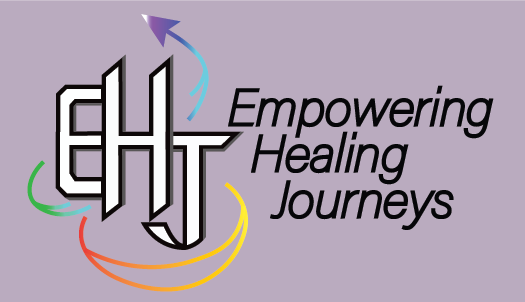Less than two weeks before a Feldenkrais training segment in my 4th year, I was hit by a car while walking across a street in Vienna. The x-ray of my knee taken the night of the accident indicated my knee joint was not injured. An MRI taken after I returned home indicated a small tear of my anterior medial collateral ligament. I didn’t feel any pain in the knee joint, but I felt exactly where the ligament was torn. It was doubtful my swollen knee would heal soon. I discussed my injury with my Feldenkrais® Educational Director, Dennis Leri, and asked if I should skip the training session. His reply was an unequivocal and emphatic “No”.
On the first day of the training, Dennis taught us an Awareness Through Movement® (ATM®) lesson that focused on standing on one leg followed by a series of ATM® lessons on this theme throughout the first week. Initially, I thought he was insane! I couldn’t think of bearing full weight on my injured leg but, I trusted Dennis knew what he was doing. To my surprise, my injured left leg was more stable to stand on than my “good” leg. Although I limped into class, I walked out of class at the end of the first day. By the end of the two-week training segment, I walked normally into and out of class even though my knee was still injured and swollen. Many people in my class never knew about my injury.
Fortunately, my knee joint wasn’t compromised but how did I learn to stand through a swollen knee? By standing through the bones of my leg, femur and tibia, I didn’t put additional stress or strain on the injured ligament. The medial and lateral collateral ligaments stabilize the knee by minimizing sideways movements. Standing through the bones was more comfortable and energetically sustainable than using muscles to hold my leg away from the ground against gravity. This freed my quadriceps, hamstrings, calf muscles, glutes and hip flexors to move the bones and allowed normal use of my hip and ankle joints. Most importantly, by not limping, I didn’t cause additional wear and tear on the joints of my good leg.
Each student attends an ATM® class to feel physically better, whether that means to move with less or no pain, attain better balance and ease or gain function. Students, whether they are athletes, dancers, artists, accountants, lawyers, etc., bring their personal experiences regarding physical movement, good or bad, to class. Although the verbal instructions are not difficult, getting the most out of an ATM® lesson requires attention and patience.
Students must process and interpret the verbal instructions and then move their bodies as they develop their sensory awareness for how the movement resonates within their bodies. Being concerned with what the movement looks like or how other students are moving is not helpful because everyone’s body is different. ATM® lessons are progressive. In the beginning of each lesson, focus on moving only within a comfortable, pain-free, easy range. As the lesson progresses, the movements may become larger, but movement quality is the primary target.
How students move is intimately entwined with their self-image and definition of self that enables them to survive in the world to the best of his/her ability. Feldenkrais lessons teach students how to recognize and unlearn habitual movement patterns they don’t realize they have, and to learn new patterns that don’t cause pain or discomfort. How can one “see” one’s blind spots much less change them?
As a consequence of my injury, I allowed myself to move only within my comfortable range and used pain as a barometer. To find comfort in the movement, I changed the position of my foot, pelvis or upper body to find an easier starting position. I forced myself to move slowly enough so I could sense whether the muscles necessary for the movement were balanced or not. I didn’t accept a fast, close approximation of balance or recruit more muscles in my standing leg or gluteal muscles, nor did I allow myself to contract muscles elsewhere in my body such as grip the ground with my toes, hold my breath, or tense my neck, shoulders or upper back muscles. These compensatory muscular efforts, in lieu of true balance through my entire skeleton, made my body more rigid and therefore, finding the sweet balance point became even more difficult.
In short, I had to release my usual go to muscular patterns that worked for me in the past. Thanks to my accident, my heightened awareness of pain and muscular fatigue that my now hypersensitive nervous system registered taught me to listen seriously to the instructions given in ATM® lessons such as, move slowly, breathe, don’t strain, move only within your comfortable range, listen to the quality of your movement, don’t hurry, reduce your overall muscular effort, take care of yourself, etc.
The hardest part of ATM® lessons is for students to find their blind spots. By moving slowly and delicately within one’s comfortable range, the nervous system can sift through and detect the background noise of unnecessary muscular effort(s). The next step is to be fearless, patient and present to move slowly enough while keeping the background quiet. If the brain accepts the simpler movement pattern, new neural connections are made. Gradually, students adopt an unbiased beginner’s mind that is open to learn new, simpler movement possibilities. Only then will they begin to learn how to explore new movement patterns that work with their bodies again – in essence, their bodies become their own experimental subjects, where the goal is pain-free, effortless movement.

